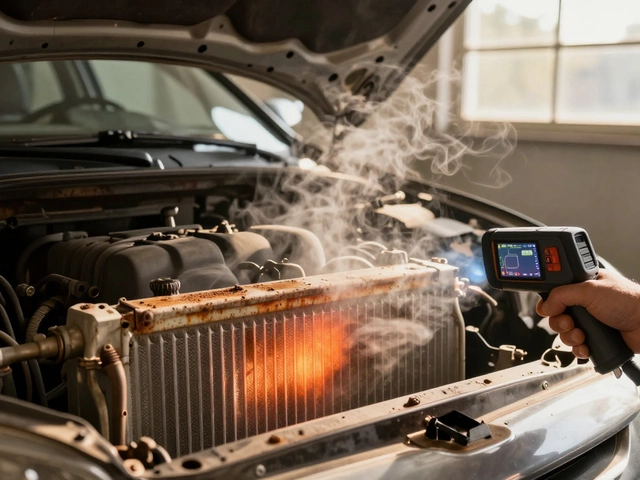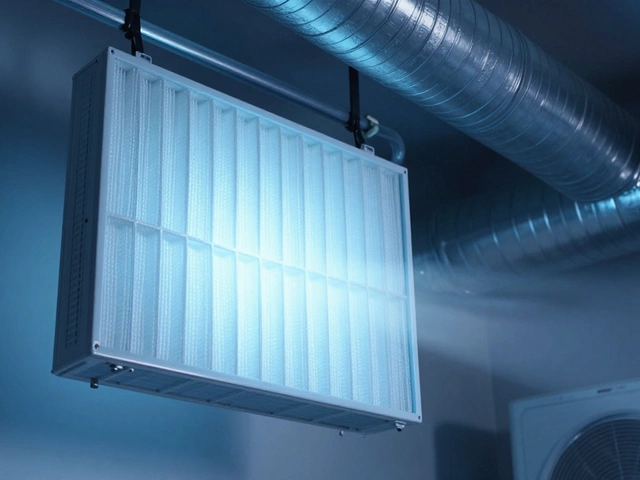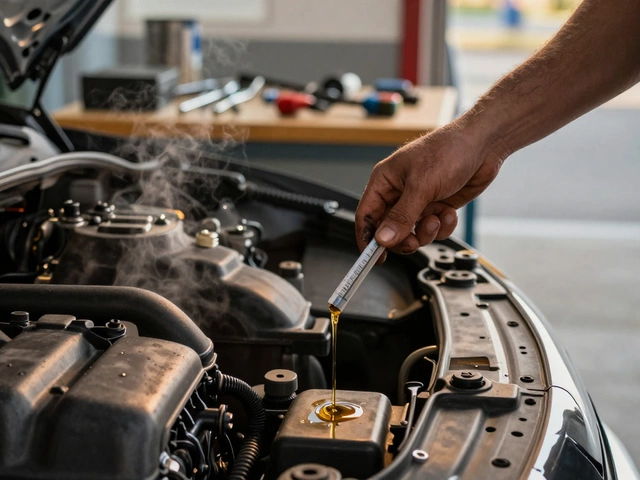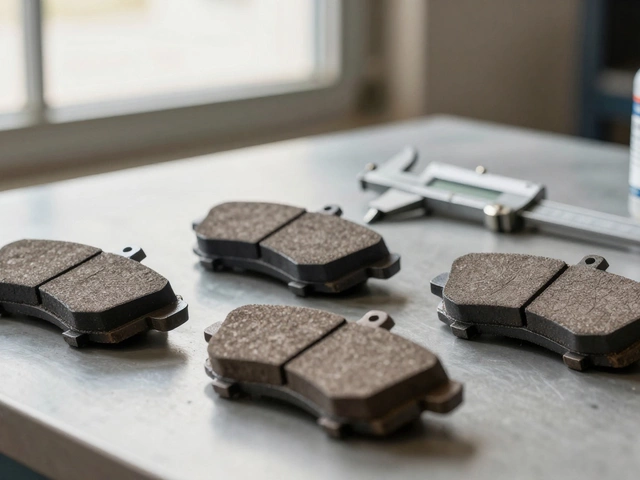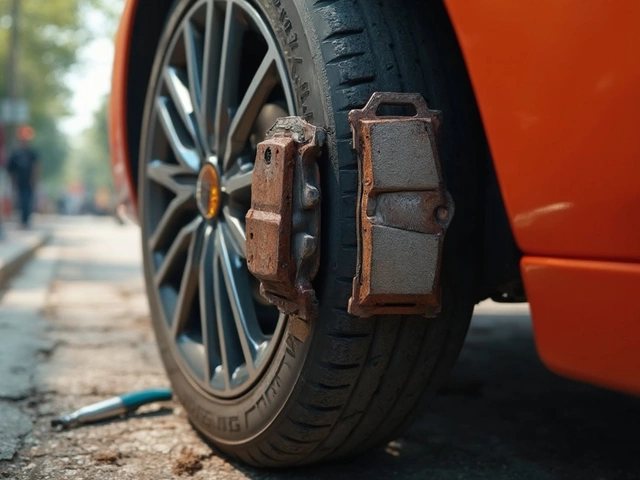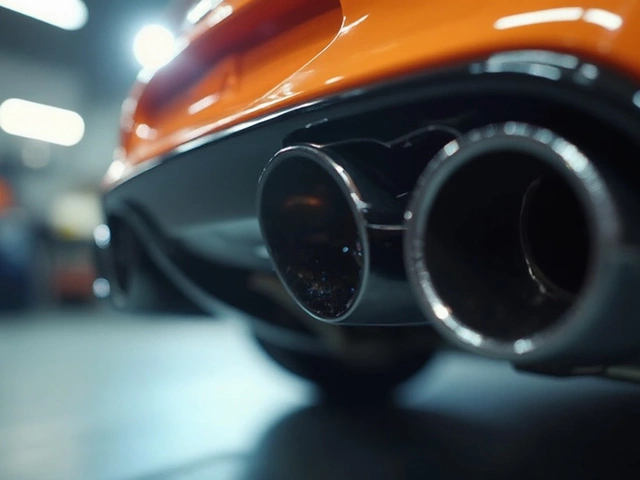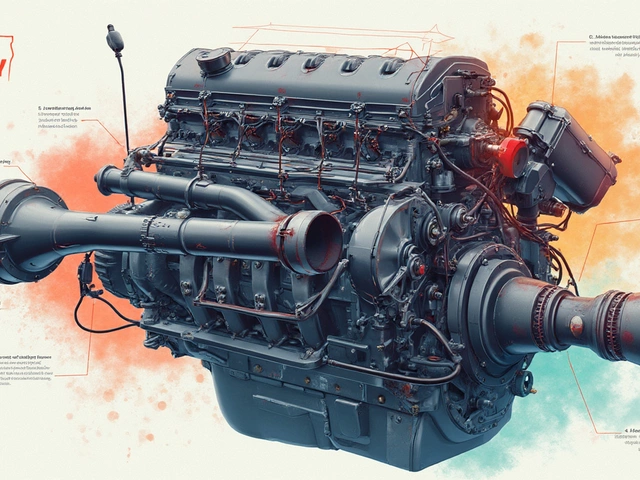Car Fuel Pump Fix – Your Complete Guide
When working with car fuel pump fix, the process of diagnosing and repairing a malfunctioning fuel pump in a vehicle. Also known as fuel pump repair, it can restore engine performance and prevent costly breakdowns.
A healthy fuel pump, the component that sends gasoline from the tank to the engine is critical for maintaining the right fuel pressure. The broader fuel system, all parts that store, filter, and deliver fuel includes the pump, filter, lines, and injectors, each playing a role in smooth power delivery. When the pump falters, you’ll notice sputtering, hard starts, or a loss of power, because the engine isn’t getting the flow it expects. That’s why fuel pump replacement cost becomes a key question for owners – the price varies with part type, labor rates, and vehicle model. Using a diagnostic scanner, a tool that reads error codes from a car’s computer often reveals a P0230 or P0231 code, which directly points to low or high fuel pressure. This diagnostic step is a practical bridge between guessing and fixing; it influences repair success and helps you avoid unnecessary part swaps. Once the code confirms a pump issue, the next move is to check the fuel filter – a clogged filter can mimic pump failure, so cleaning or replacing it is a simple first step that saves time and money. If you decide to tackle the repair yourself, gather a few essential tools: a set of wrenches, a socket for the fuel line, safety goggles, and a fire‑proof container for spilled fuel. The process typically starts with relieving fuel system pressure – you’ll locate the pressure release valve on the fuel rail and carefully depress it while wearing gloves. After pressure is gone, disconnect the electrical connector and fuel lines, then remove the old pump. Installation is reverse: secure the new pump, reconnect the lines, and double‑check for leaks before you start the engine. When the pump is back in place, turn the key to the "ON" position without starting the engine; this primes the system and lets the scanner verify that pressure readings are within spec. If everything checks out, fire up the car and take it for a short drive. Listen for any abnormal noises and watch the fuel gauge – a stable reading means the fix worked. Should the problem persist, you might be dealing with a failing fuel pressure regulator or a deeper issue in the fuel rail, which would merit a professional inspection. Beyond the hands‑on steps, it’s useful to understand the cost landscape. OEM pumps tend to be pricier but match exact OEM specifications, while aftermarket options can cut the price by 30‑40% with comparable performance. Labor rates in 2025 average $80‑$120 per hour, and a typical pump replacement takes about 2‑3 hours, putting most DIY jobs well under $300 in total. For those who prefer a shop, expect $500‑$800 total, especially if the pump is located inside the fuel tank, which adds complexity.
What to Expect From This Collection
Below you’ll find articles that dig deeper into each piece of the puzzle: from spotting early warning signs and choosing the right pump type, to detailed cost breakdowns and step‑by‑step DIY guides. Whether you’re a seasoned gearhead or just curious about why your car is coughing on the highway, these posts will give you the knowledge you need to make an informed decision and keep your ride humming.
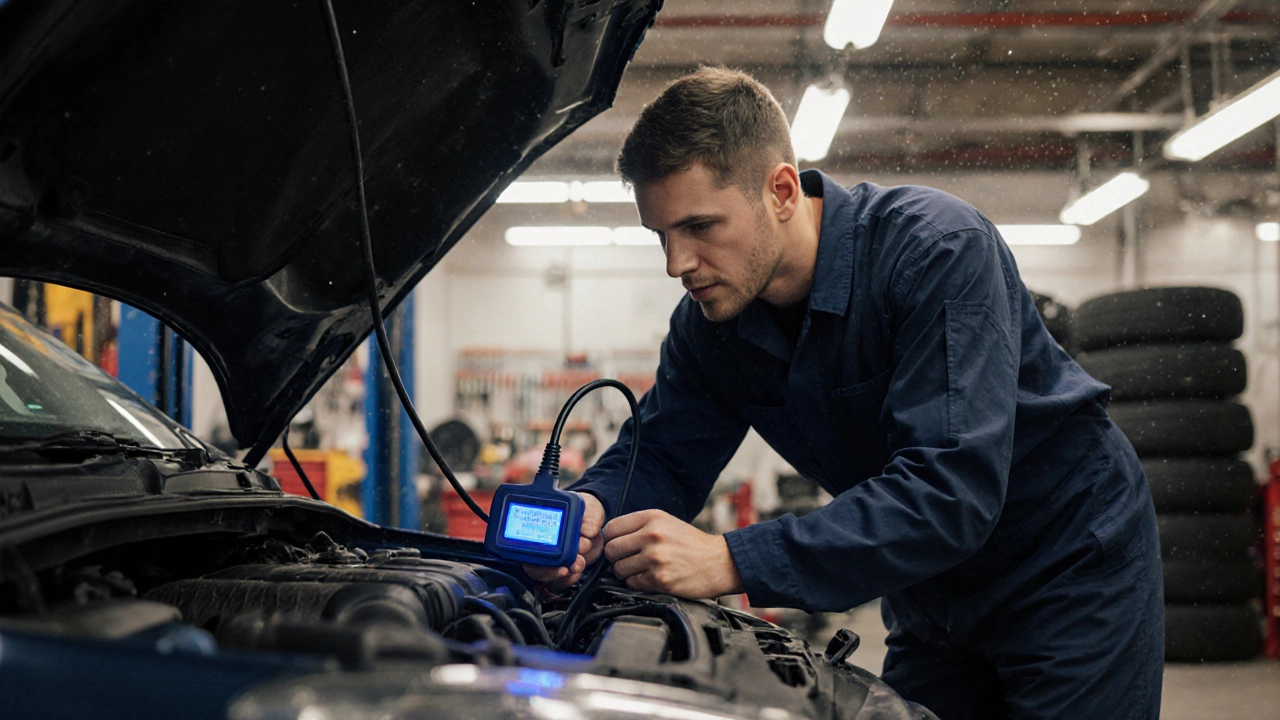
Fuel Pump Repair Time: How Long Does It Take to Fix a Fuel Pump?
Find out how long a fuel pump repair takes, factors that affect timing, DIY steps, and tips to speed up the job.
CONTINUE READING